On International Day for Monuments and Sites, commonly referred to as World Heritage Day, today, city architects and conservationists reveal solutions on how to protect and nurture our city’s urban heritage for future generations
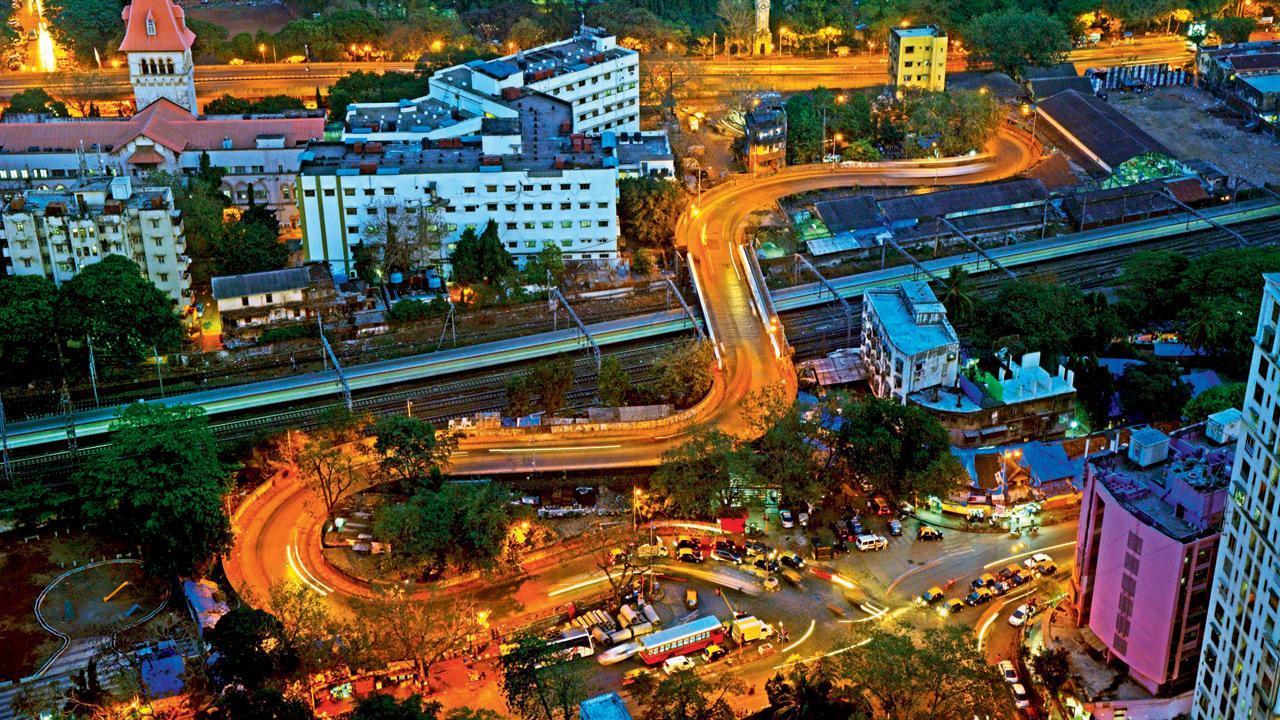
Rahul Chemburkar marks out the S Bridge in Byculla as infrastructural heritage. Pic/Rane Ashish
Informed use of infrastructural heritage
Rahul Chemburkar, architect and conservation expert, Vaastu Vidhaan

A view of the Kothari pyaav and Kabutarkhana at CSMT. Pics Courtesy/Vaastu Vidhaan
As a city, we ought to look at heritage as an asset. Every tangible heritage also has a strong intangible narrative. For instance, natural heritage, like Gilbert Hill, is fragile and ought to be looked after alongside edifices like the Gateway of India. Opportunities also lie in aspects like city squares in Central Mumbai, Dadar Parsi Colony or King’s Circle — among the earliest planned residential colonies.
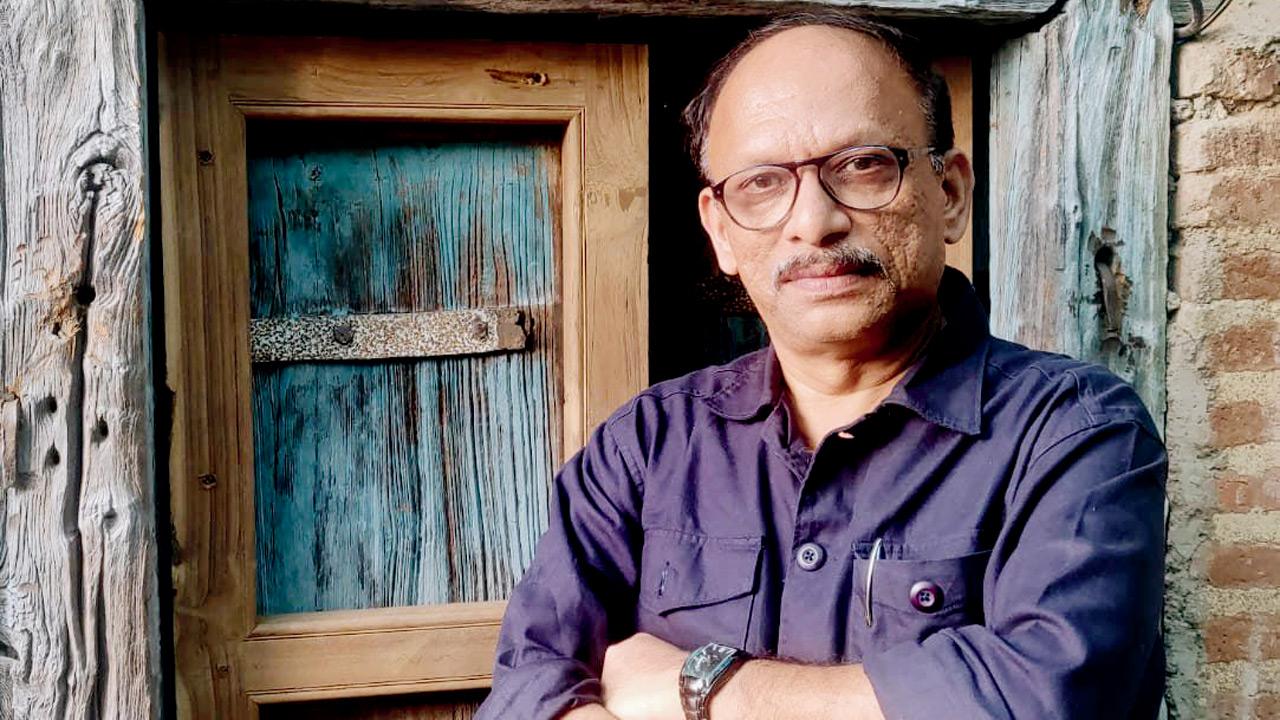
At a micro level, there needs to be a balance established in the adaptive reuse of heritage. This is not limited to real estate, but also to bridges and roads. The S Bridge in Byculla is a prominent example of infrastructural heritage that we may neglect, and could be lost in the progress of urbanisation. The Pyaav Project has been a lesson to that end. It cannot be a blueprint to be copied, but functional heritage infrastructure in place can be revived and restored for a future generation.
Build in continuity
Nandini Sampat, principal architect, Somaya Sampat
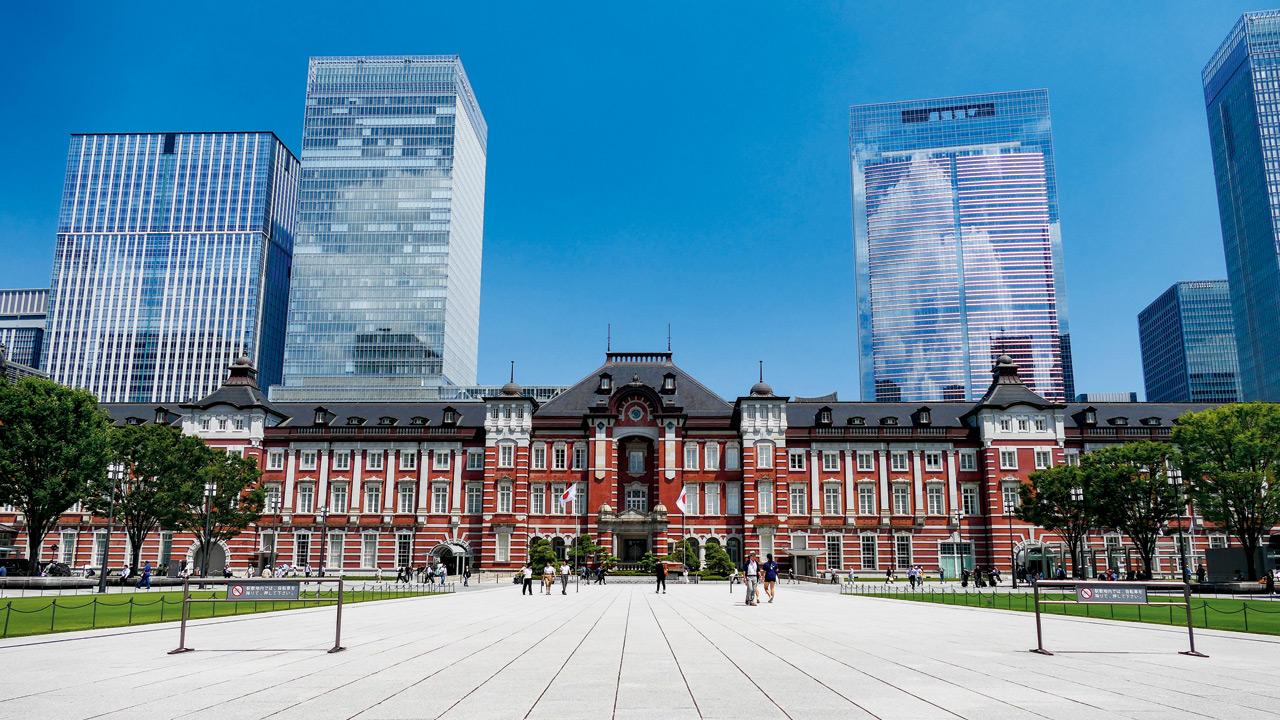 Tokyo’s Marunouchi station balances heritage structures with modern edifices
Tokyo’s Marunouchi station balances heritage structures with modern edifices
Mumbai is filled with complexity and we must take the time to understand our context. Our efforts must extend beyond Grade I structures to larger precincts. It is not about scale either. We need to map the layered cultural history of the city and protect it in a sustainable way.

We also need to study how modern infrastructure can layer with the old while being sensitive to ground reality. This is a familiar practice in many Asian countries, particularly in Tokyo, Japan, where you are able to intertwine culture, heritage and modernity into a singular idea.
Conservation as a whole
Alfaz Miller, principal architect, ABM Architects
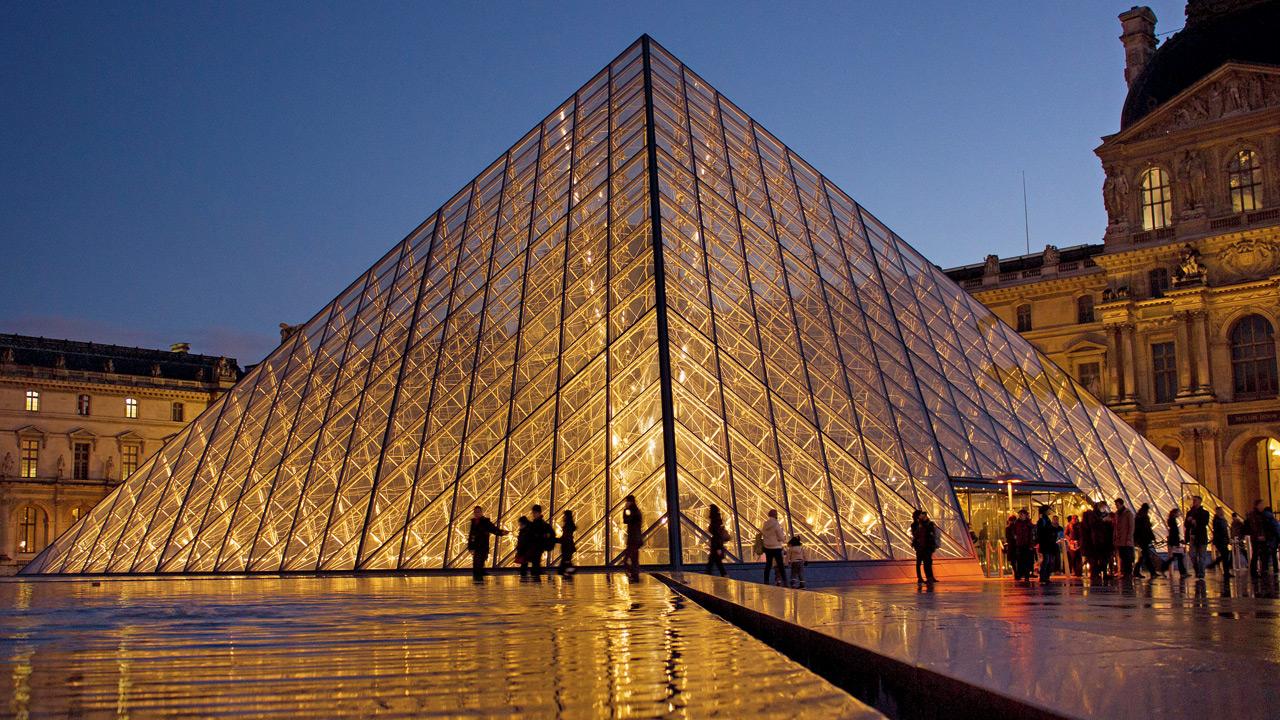
Miller offers IM Pei’s glass pyramid in the Louvre as an example of heritage sensitive design. Pics Courtesy/WIkimedia Commons
Conservation should go beyond individual buildings and structures, and encompass the surroundings, precincts and the cityscape. While heritage buildings need conservation, adjoining structures to these buildings may need to be redeveloped for various reasons, namely age, deterioration or commercial considerations.
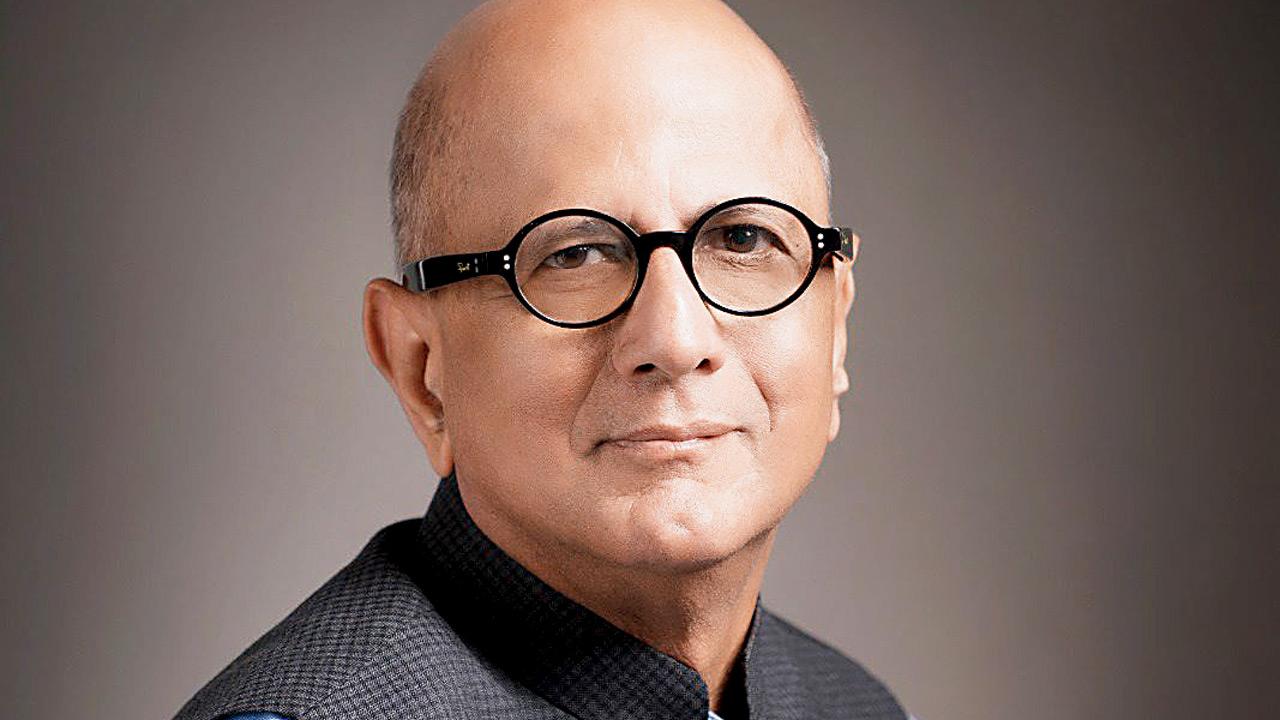
It is important that the design of these redeveloped structures is sensitive to the historical context of the heritage structures and compliments them, without affecting the visual balance or the feel of the whole precinct. This can be done in many ways, for example, with massing and the use of materials which are neutral, or even reflective glass to mirror the heritage structures.
Adapt to prosper
Apoorva Iyengar, associate director, FORT Heritage Conservation Association

(From left) Representational heritage streets in Notting Hill; York in the United Kingdom. Pics Courtesy/Apoorva Iyengar
We can learn a great deal from the more flexible and experimental approaches to the adaptive reuse of heritage structures and spaces. Such sites have the potential to become vibrant community spaces — something our city continues to lack.

The UK Government, for instance, provides certain tax exemptions for heritage property owners, under the agreement that they maintain their heritage property and make it available for the general public to view. These measures not only encourage conservation efforts but also foster a greater sense of ownership, and respect for heritage. The absence of such support often leaves heritage building owners without the resources to maintain their properties, pushing them toward reconstruction or redevelopment.
Value the context
Adil Dholakia, director, principal architect, Five Cross Architects

A view of the town of Sesslach in Coburg district of Germany. Pics Courtesy/Adil Dholakia
Heritage must be seen as part of a larger ecosystem, rather than in isolation. Our work in heritage conservation — particularly in places like Bamberg and Coburg in Germany, and now extended in India — has highlighted the importance of integrating historic structures within the fabric of their communities and a strong focus on ecology. Germany is a model where heritage is not only preserved but also actively supported through government incentives.
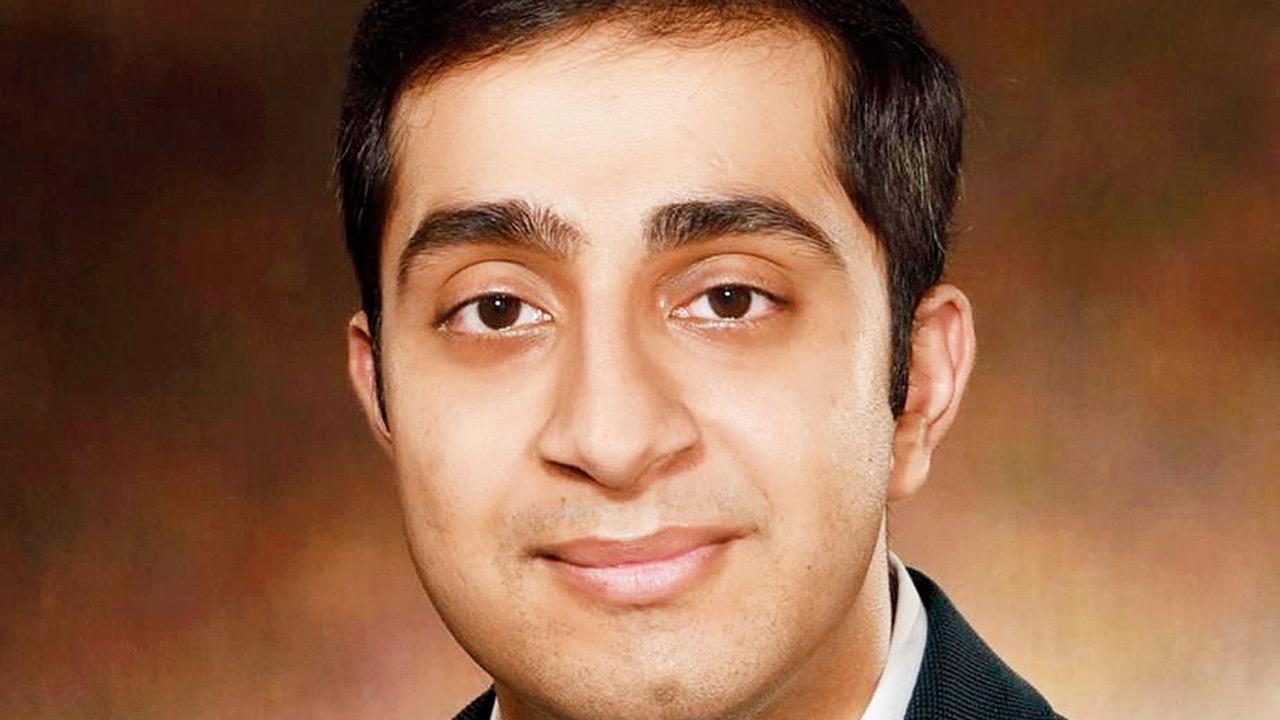
Such progressive approaches contrast with current practices in India, where financial incentives for heritage conservation are still limited. That said, India is beginning to gain momentum in recognising the value of its heritage. There is growing awareness, though more needs to be done to highlight the historical significance of local heritage, especially at the community level. Access to and engagement with public heritage remains a critical area of focus for us.
 Subscribe today by clicking the link and stay updated with the latest news!" Click here!
Subscribe today by clicking the link and stay updated with the latest news!" Click here!








